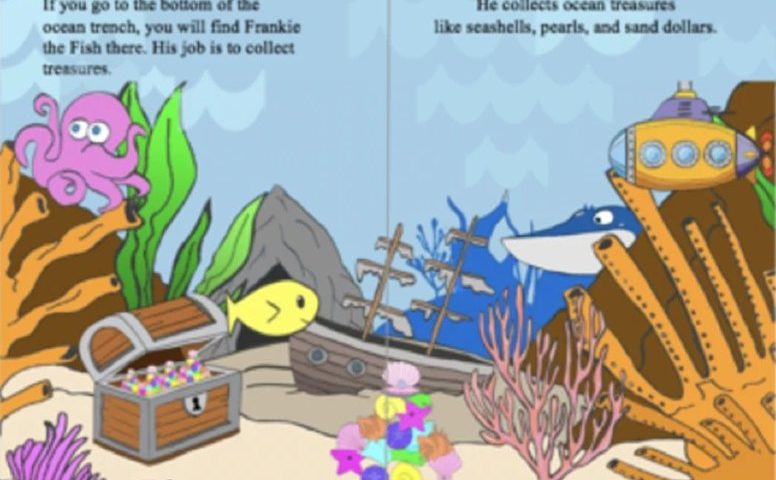Wanneer schoolboeken die worden gebruikt om jonge kinderen te leren lezen teveel overbodige illustraties bevatten, leiden die de aandacht van de jonge lezers af waardoor ze de inhoud van de tekst minder goed begrijpen. Tot deze vaststelling kwamen onderzoekers van de Carnegie Mellon University in de VS.
Die conclusie ligt in lijn met eerdere bevindingen die reeds vanuit de Cognitive Load Theory en de Cognitive Theory of Multimedia Learning naar voren werden geschoven. De boodschap is om bij het ontwikkelen van leermaterialen goed na te denken over welke informatie essentieel is om toe te voegen om de leerinhouden optimaal te kunnen verwerken.
“Reading is the gateway for learning, but one-third of elementary school students in the United States do not read at grade level. Researchers at Carnegie Mellon University are exploring how the design of reading materials affects literacy development. They find that an overly busy page with extraneous images can draw the reader’s attention away from the text, resulting in lower understanding of content.
The results of the study are available in the September issue of the journal npj Science of Learning.
“Learning to read is hard work for many kids,” said Anna Fisher, associate professor of psychology and senior author on the paper.
The typical design of books for beginning readers often include engaging and colorful illustrations to help define the characters and setting of the story, offer context for the text and motivate young readers. Fisher and Cassondra Eng, a doctoral candidate in CMU’s Department of Psychology and first author on the paper, hypothesized that the extraneous images may draw the reader’s eyes away from the text and disrupt the focus necessary to understand the story.
The researchers sought to understand how to support young readers and optimize their experience as they become more fluent readers. In the study, 60 first- and second-grade students from the greater Pittsburgh area were asked to read from a commercially available book designed for reading practice in this age group. Half of the book consisted of the published design and the other half was streamlined, having removed the extraneous images. Each child read from the same book. The team used a portable eye-tracker to monitor the number of times the child’s gaze shifted away from the text to images on the page.
To develop the streamlined version of the book, the researchers had a group of adults identify relevant images to the text. To differentiate, extraneous images were defined as entertaining, but nonessential pictures to understand the story. For the streamlined version, the researchers kept the images that 90% of the adult participants agreed were relevant illustrations. All other illustrations were removed.
While the time each child spent on a page was similar, the researchers found that nearly all children reading the streamlined version had lower gaze shifts away from text and higher reading comprehension scores compared to the text in the commercially designed version of the book. In particular, children who are more prone to look away from text benefited the most from the streamlined version of the book.
“During these primary school years, children are in a transition period in which they are increasingly expected to read independently, but even more so in the wake of stay-at-home orders as children are using technology with less in-person guidance from teachers,” said Eng. “This is exciting because we can design materials grounded in learning theories that can be most helpful to children and enrich their experiences with technology.”
Fisher notes one limitation to this study was that her team only evaluated reading using a single book.
According to Fisher, these findings highlight ways to improve the design of educational materials, especially for beginning readers. By simply limiting extraneous illustrations, children can have an easier time focusing and better reading comprehension as a result.
“This is not a silver bullet and will not solve all challenges in learning to read,” said Fisher. “But if we can take steps to make practicing reading a little bit easier and reduce some of the barriers, we [can help children] engage with the printed material and derive enjoyment from this activity.”
###
Fisher and Eng were joined by Karrie Godwin at the University of Maryland Baltimore Country in the project titled, “Keep It Simple: Streamlining Book Illustrations Improves Attention and Comprehension in Beginning Readers.” The project received funding from the National Science Foundation and the U.S. Department of Education.”
Het volledige onderzoek kun je hier raadplegen.

